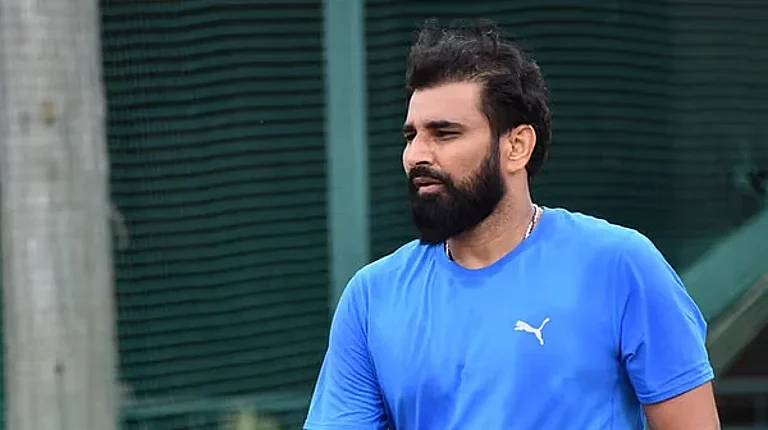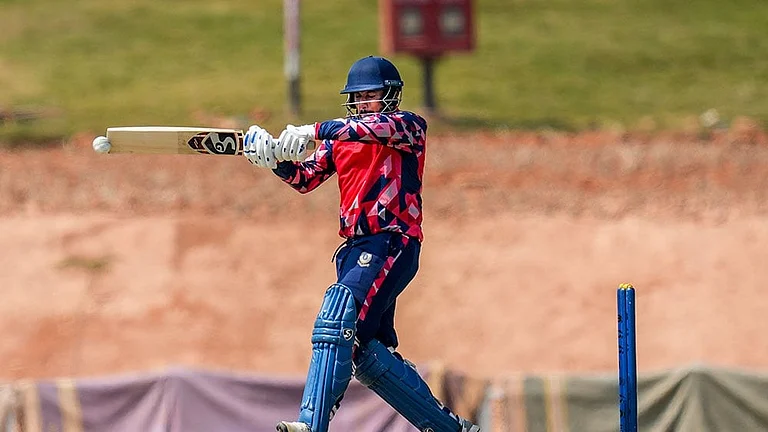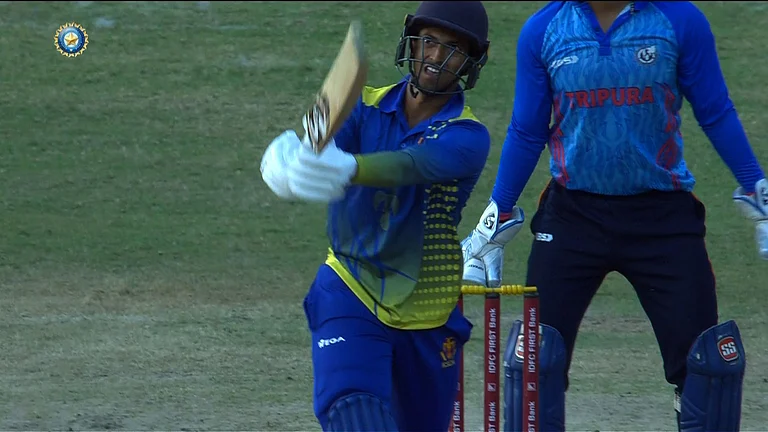Babel Of Bhashas
- Himachal Pradesh (14): Baghati, Spiti, Todpa, Mandiali, Kinnauri
- Uttarakhand (12): Marchha, Siraji, Ravalti, Tharu, Jaunsari
- Gujarat (45): Kunkana, Rathuri, Nayaki, Bhantu, Dahewali
- Madhya Pradesh (18): Sikarwari, Nimari, Nahal, Korku, Bardi
- Rajasthan (12): Maad, Jagroti, Talhati, Pachwara, Mewati
- Maharashtra (16): Bawari, Thakari, Malvani, Ahirani, Ramoshi
***
How many languages are spoken in contemporary India and which are these? We have never perhaps been closer to a more accurate answer to this fundamental question that has so far always generated estimates. More than a century after George Abraham Grierson, a British linguist, launched the Linguistic Survey of India (LSI) in 1894, results of a path-breaking People’s Linguistic Survey of India (PLSI) have begun trickling in, revealing both India’s immense diversity in languages and the extent to which many of these are under threat today.
Bhasha Trust, a Baroda-based organisation that helps protect India’s marginalised languages and the one to initiate the PLSI in 2009, will begin publishing from September onwards state-wise reports of the survey. First off the block will be the states of Himachal Pradesh, Uttarakhand, Gujarat, Madhya Pradesh, Rajasthan and Maharashtra where work has been completed (see box for the number of languages recorded and names of some). The report records various details for each of these languages, like the area where it is spoken, a 1,000-word history, poems and stories in it and a glossary of some basic words.
Many of these languages are being documented for the first time. This is unlike in the census where languages spoken by less than 10,000 speakers are impassively listed under one monolith called “others” and in the LSI, where many were clubbed under major languages, listed as dialects, or were subsumed under one geographical identity—for example, Saurashtri—for the several languages that are spoken in Saurashtra. The PLSI is also staying clear of the term “dialect”, which, for many, has come to connote condescension. Instead, it accepts any speech form as a language if more than 70 per cent of its vocabulary is original. After receiving suggestions from local volunteers—there are over 2,000 across India—for inclusion as a separate language, the PLSI’s national editorial collective decides on the status of a speech form.
Ganesh Devy, who heads Bhasha, expects the total count of languages reported in the PLSI to go up to “around 900”. Grierson, on the other hand, had reported 179 languages and 544 dialects. “If there are going to be 900 languages, I expect 9,000 controversies. One may say that Pandhiri is not a language but there are many, especially the Pandhiris, who will challenge it,” says Devy. “But I think this debate is crucial as it challenges linguistics that takes languages to be just a unique speech form. This is because people here closely associate their linguistic and ethnic identities, arguing that a separate ethnic identity must imply a separate language,” he adds.
However, a revision of Grierson’s account is necessary not just because of how a language was defined in that time, but also for the simple reason that many of the areas he covered under British India are no longer part of the country. Plus, the then Nizam didn’t cooperate, and Grierson was forced to leave out a large chunk of south India in his study. Grierson’s count is also discredited by some because he left out many of the languages spoken by nomadic communities, some of whom were listed as “notified tribes”, had their movements restricted and were interned in reformatory camps.
An official survey of India’s languages was announced a few years back by the government, but didn’t quite progress beyond the planning stage. Devy hopes the PLSI, which is expected to be completed by 2014, will contribute to a “better linguistic democracy”. “Not only should it convince the government that our rich intangible heritage needs more protection than ever before but also spur a debate on the validity of the Constitution’s Eighth Schedule that prioritises 22 languages at the cost of several others,” he says.


























